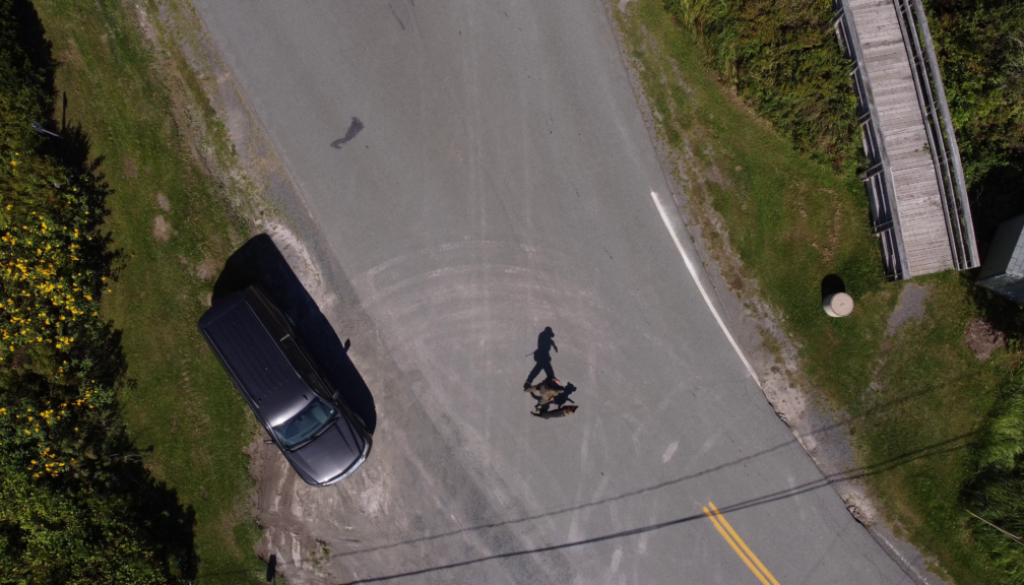Immediate Action Rapid Deployment (IARD) – Backgrounder
Immediate Action Rapid Deployment, known as “IARD” among police and first responders, is an approach and tactic used by police who are the first to respond to active threats.
The goal of officers in IARD is to preserve and protect life and police safety by drawing the threat away from civilians and toward the officers. It requires officers to proceed directly and rapidly toward the threat, taking proactive measures to attract the perpetrator to focus on the advancing officers rather than the public.
Active threat situations requiring IARD response typically include:
- Rapidly evolving situations and suspect’s actions.
- Suspect is actively causing grievous bodily harm or death.
- The passing of time threatens actual or potential loss of life. Delayed response will result in injury and/or death to innocents. There is NO time to wait for the Emergency Response Team or other specialized resources.
- The immediate action and rapid deployment of all police officers will make a difference: a traditional police response would be too late.
Why IARD:
IARD tactics were developed in response to the tragic murder of 13 innocent people in Columbine, Colorado in 1999 and then improved through recommendations made in the MacNeil Report following the killing of three RCMP officers in Moncton, New Brunswick in 2014.
Prior to Columbine, general duty police officers arriving at an active threat scene in North America were trained to contain the area and wait for the Emergency Response Team or other similar specialists to arrive and address the threat. Containment focused on keeping civilians away from the scene and out of danger, and the perpetrator(s) within the contained area while awaiting specially trained officers. In reviews of Columbine, it was determined that a more proactive and immediate response could potentially improve police effectiveness in active scenarios and mitigate wait times for an ERT or similar team to assemble, deploy and arrive.
Following the tragic events in Moncton in 2014, existing IARD training was adapted to include various outdoor environments, as well as decision making, planning, communication, and supervision components to ensure members have the skills to work through various risk assessments. [1]
IARD vs. Traditional Police Response
For years, the police community had responded to incidents such as l’École Polytechnique and Columbine High School using the traditional police response: arrive, cordon, contain, and await the arrival of tactical support (ERT or SWAT). Worldwide, this method has been openly criticized and questioned, as any delayed intervention can cost lives.
The ineffectiveness of the traditional response to active threat incidents has led to the development of IARD concepts and tactics for the RCMP and other police services.
Goal and Composition of IARD:
IARD – is “the swift and immediate deployment of law enforcement resources to an on-going, life-threatening situation, where delayed deployment could otherwise result in grievous bodily harm and/or death to innocent persons.”
Police officers are required to protect and save lives, even at the risk of their own. There is a sworn duty that all responding Members must take the necessary steps to intercede and stop the threat when victims are at risk of being killed or injured or are being killed and injured. All responding Members must make a rapid risk assessment and confront and stop the active threat.
IARD responses typically continue in an active threat situation until the Emergency Response Team or similar are struck, deployed, and arrive; at which time the Incident Commander will determine whether or not IARD should stand down or continue. IARD teams are trained to move past victims who have been killed or injured and maintain their focus on a straight-line advancement to the threat. Other officers and first responders can and will attend to victims as and when it is safe to do so.
Officers are trained to work in various IARD teams, configurations, and settings. Due to the urgent and immediate nature of IARD, one of the attending Members will take command of the IARD response. All front-line Members are trained in command as part of IARD training so whoever is on site first can take command swiftly and as appropriate.
Mandatory Training:
All RCMP officers must be IARD trained to immediately advance toward and address the threat, regardless of their rank or regular duties. Cadets receive IARD training as part of their education at the RCMP training academy, “Depot”, in Regina, Saskatchewan; and all existing Members are trained as well. Additional IARD training is included as part of Members’ ongoing and regular training to ensure currency with best practices as they evolve.
Members develop skills working in teams to advance toward threats and call the attention of the perpetrator as safely and effectively as possible; and to address the threat using the RCMP’s Incident Management Intervention Model to assess the appropriate and necessary use of force to protect the public and police given the situation.
[1] RCMP online training pre-course requirement, “Introduction to Immediate Action Rapid Deployment”
